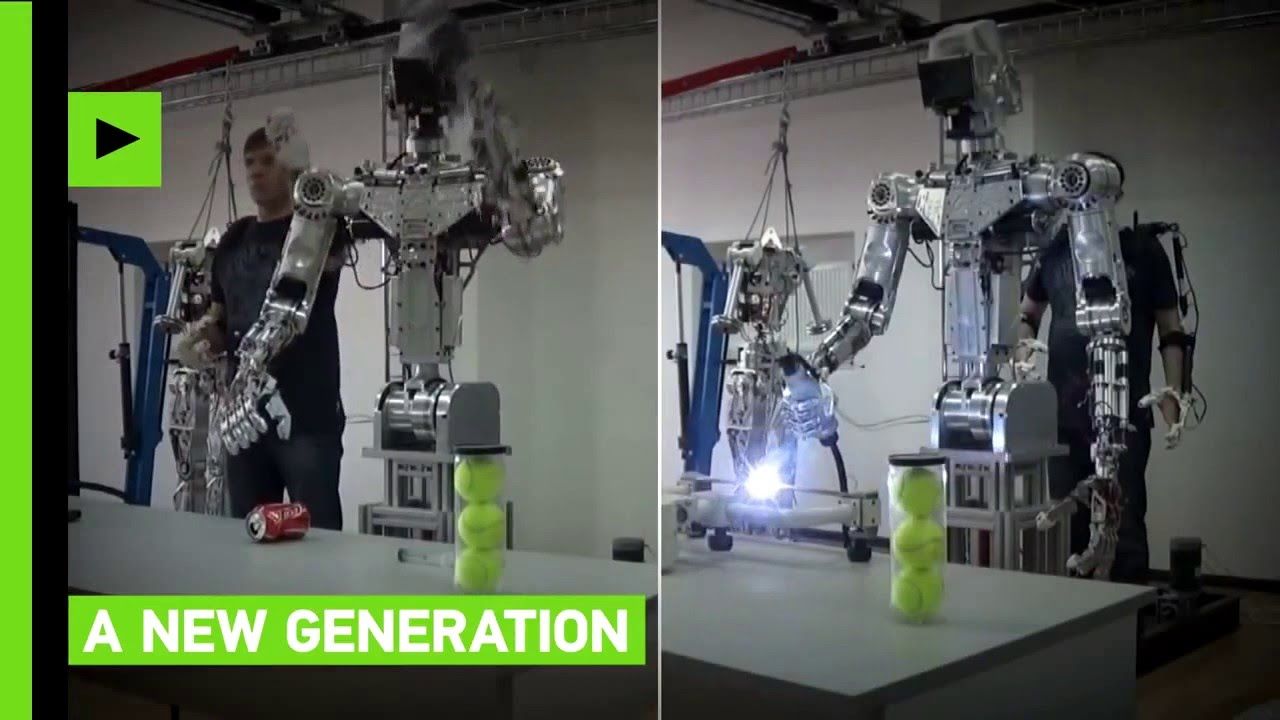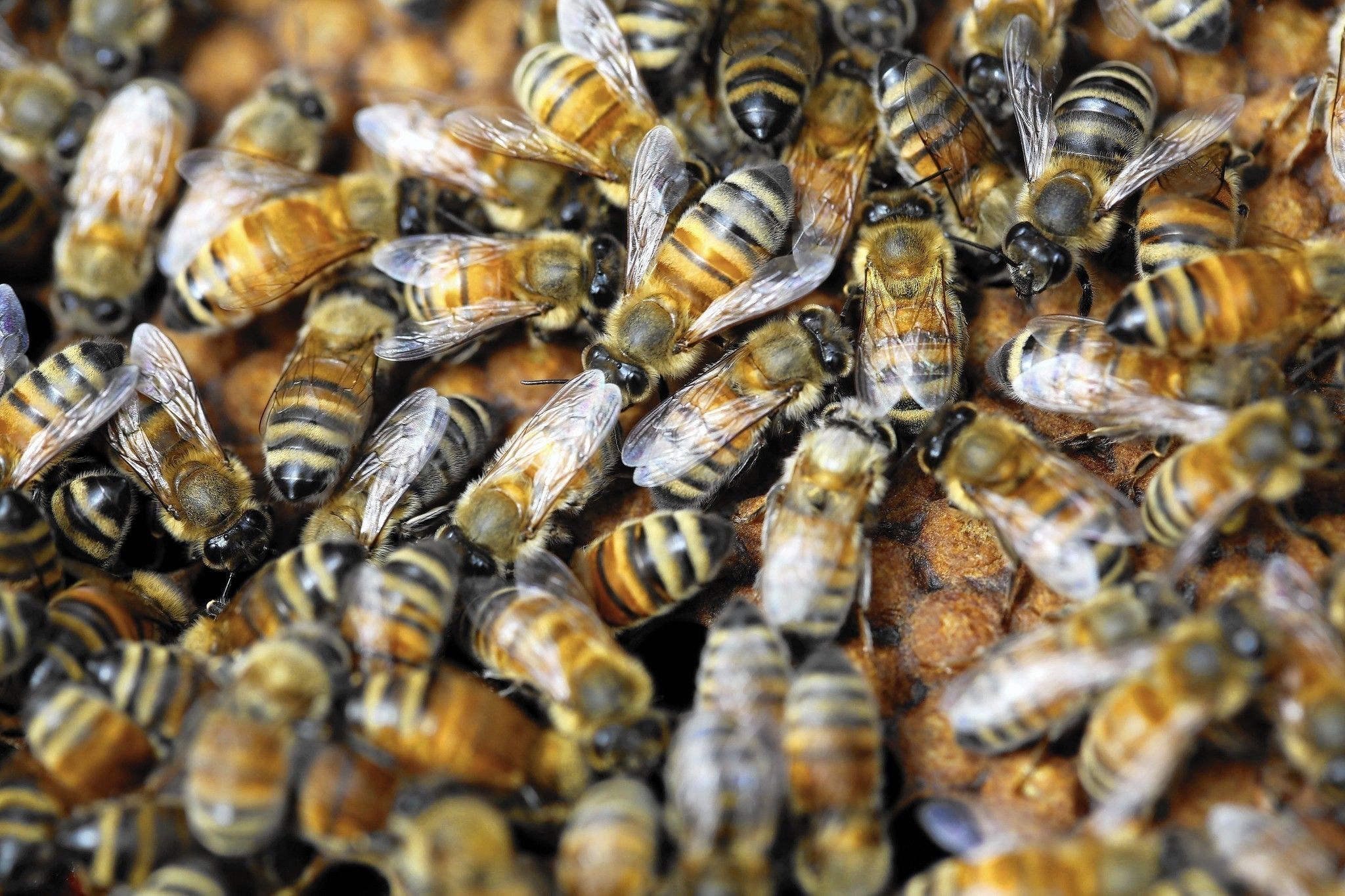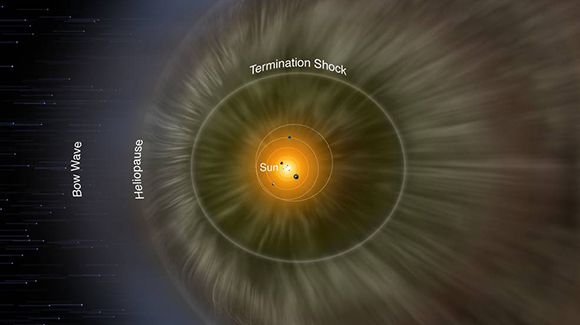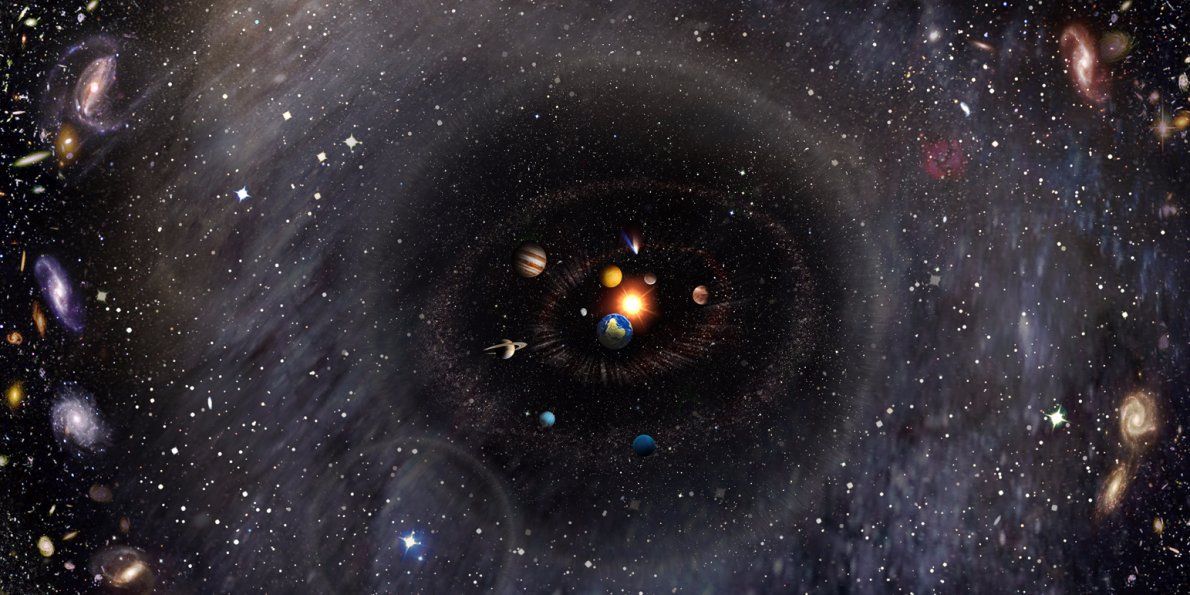Page 11304
Feb 26, 2016
Unprecedented scientific report says decline of pollinators a threat to food security
Posted by Karen Hurst in categories: food, health, policy, security
Around the world, the animals that pollinate our food crops — more than 20,000 species of bees, butterflies, bats and many others — are the subject of growing attention. An increasing number of pollinator species are thought to be in decline, threatened by a variety of mostly human pressures, and their struggles could pose significant risks for global food security and public health.
Until now, most assessments of pollinator health have been conducted on a regional basis, focusing on certain countries or parts of the world. But this week, a United Nations organization has released the first-ever global assessment of pollinators, highlighting their importance for worldwide food and nutrition, describing the threats they currently face and outlining strategies to protect them.
The report, which was released Friday by the U.N.’s Intergovernmental Science-Policy Platform on Biodiversity and Ecosystem Services (IPBES), has been in the works since the summer of 2014. The research team consisted of more than 70 experts, who drew on the most up-to-date global pollinator science, as well as local and indigenous knowledge, to complete the assessment.
Feb 26, 2016
NASA’s IBEX Observations Pin Down Interstellar Magnetic Field
Posted by Karen Hurst in categories: materials, particle physics, space
The new paper is based on one particular theory of the origin of the IBEX ribbon, in which the particles streaming in from the ribbon are actually solar material reflected back at us after a long journey to the edges of the sun’s magnetic boundaries. (NASA Image)
BREVARD COUNTY, FLORIDA – The new paper is based on one particular theory of the origin of the IBEX ribbon, in which the particles streaming in from the ribbon are actually solar material reflected back at us after a long journey to the edges of the sun’s magnetic boundaries.
A giant bubble, known as the heliosphere, exists around the sun and is filled with what’s called solar wind, the sun’s constant outflow of ionized gas, known as plasma.
Continue reading “NASA’s IBEX Observations Pin Down Interstellar Magnetic Field” »
Feb 26, 2016
Scientists happily surprised to find truffles free of Chernobyl radiation
Posted by Karen Hurst in categories: food, nuclear energy, particle physics
This will make friends Vladimir and Marina happy.
Mushrooms and game meat in European regions where Chernobyl fallout was most intense still have excess radiation, but Burgundy truffles get the green light; foodies rejoice.
It’s been 30 years since the 1986 nuclear disaster in Ukraine in which a fire and explosion at the Chernobyl Nuclear Power Plant unleashed a slew of radioactive particles into the atmosphere. Swept along by winds and settled by heavy rains, radioactive particles, especially caesium-137 (137Cs), polluted large stretches of the European continent. And we all know the problem with radioactive things, they’ve got lasting power.
Continue reading “Scientists happily surprised to find truffles free of Chernobyl radiation” »
Feb 26, 2016
Scientists have estimated that the universe won’t end for at least 2.8 billion years
Posted by Karen Hurst in category: space
What a relief.
One day, the Universe is going to die out — that’s something scientists can agree on.
But exactly how and when that will happen is a more of a gray area, and it’s not something we’ve really had to worry about, with current predictions putting any such event tens of billions of years in the future — long after our Sun burns out.
Feb 26, 2016
Building Living, Breathing Supercomputers
Posted by Shailesh Prasad in categories: bioengineering, energy, supercomputing
The substance that provides energy to all the cells in our bodies, Adenosine triphosphate (ATP), may also be able to power the next generation of supercomputers. The discovery opens doors to the creation of biological supercomputers that are about the size of a book. That is what an international team of researchers led by Prof. Nicolau, the Chair of the Department of Bioengineering at McGill, believe. They’ve published an article on the subject earlier this week in the Proceedings of the National Academy of Sciences (PNAS), in which they describe a model of a biological computer that they have created that is able to process information very quickly and accurately using parallel networks in the same way that massive electronic super computers do.
Except that the model bio supercomputer they have created is a whole lot smaller than current supercomputers, uses much less energy, and uses proteins present in all living cells to function.
Doodling on the back of an envelope
Continue reading “Building Living, Breathing Supercomputers” »
Feb 26, 2016
Can SkyFi Really Give the Entire World Free Internet?
Posted by Shailesh Prasad in categories: internet, satellites, space

Wifi distribution across this planet is patchwork of crazy: You can tweet from Mt. Fuji but lord help you if you want to send an email in Cuba. Thursday, Israeli company SkyFi announced it will be the one to finally soak the world in wifi from space.
In a press release announcing $3 million in funding from Jerusalem Venture Partners and the Liberty Israel Venture Fund, the company said it would get around the problems preventing reliable wifi from traditional satellites by launching nano satellites whose 55-centimeter diameter antenna could be folded up to make launching cheaper, then expanding once in orbit.
Continue reading “Can SkyFi Really Give the Entire World Free Internet?” »
Feb 26, 2016
Who’s Ready to Play Tennis in VR?
Posted by Shailesh Prasad in category: virtual reality

Conversation with a robot.
Q: What’s it like to have a conversation with a sex robot? A: Bonkers.
Feb 26, 2016
Russian Robonauts Working on the ISS Will Soon be Reality (Video)
Posted by Dan Kummer in categories: government, military, robotics/AI, space

https://youtube.com/watch?v=9xlw5jAu4kc
Rather than risk the lives of their astronauts, Russian government scientists are now working to develop humanoid robots that can perform complex tasks on the outside of the International Space Station (ISS) while astronauts control them safely from within the station.
The Russian Foundation for Advanced Research Projects, Russia’s military research arm unveiled two prototype robot astronauts on February 13th to the media ahead of a public robotics exhibition in Moscow.
Continue reading “Russian Robonauts Working on the ISS Will Soon be Reality (Video)” »















